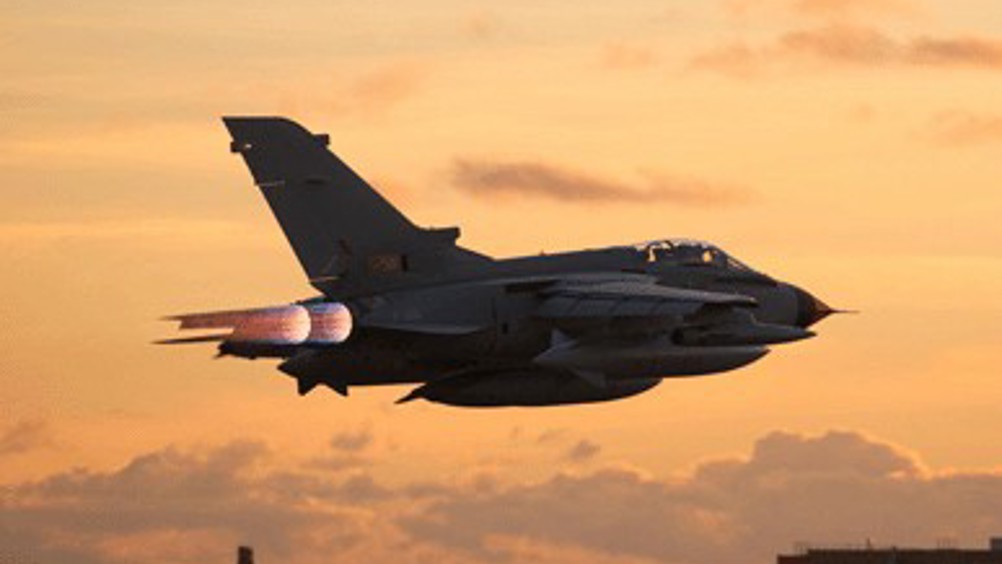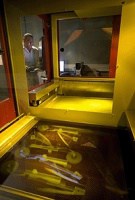3D printed parts fly onboard military jets for the first time
3D-printed aircraft parts have flown for the first time in the UK onboard a Tornado jet, paving the way for their wider use in aerospace.

The engineers at BAE Systems responsible for the components, a mix of plastic protective covers and metal support struts, said they demonstrated how 3D printing could reduce costs and increase strength compared to conventionally made parts.
The company is undertaking a programme of designing and producing 3D printed components that it claims has already cut the cost of repairs, maintenance and service to the Royal Air Force by more than £300,000 and will result in more than £1.2m of savings over the next four years.

3D printing can reduce the cost of producing small numbers of components – which is common in the aerospace industry – because it doesn’t require the creation of custom manufacturing tools.
‘This will be quite a game changer, not just for the aerospace industry but for a number of industries, producing parts in small batches,’ BAE head of airframe integration Mike Murray told The Engineer.
Register now to continue reading
Thanks for visiting The Engineer. You’ve now reached your monthly limit of news stories. Register for free to unlock unlimited access to all of our news coverage, as well as premium content including opinion, in-depth features and special reports.
Benefits of registering
-
In-depth insights and coverage of key emerging trends
-
Unrestricted access to special reports throughout the year
-
Daily technology news delivered straight to your inbox










Water Sector Talent Exodus Could Cripple The Sector
Maybe if things are essential for the running of a country and we want to pay a fair price we should be running these utilities on a not for profit...